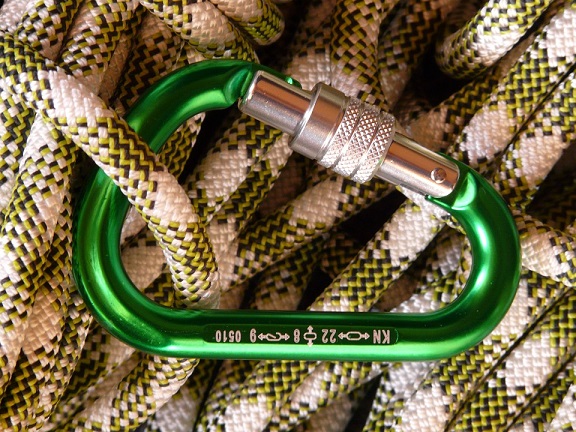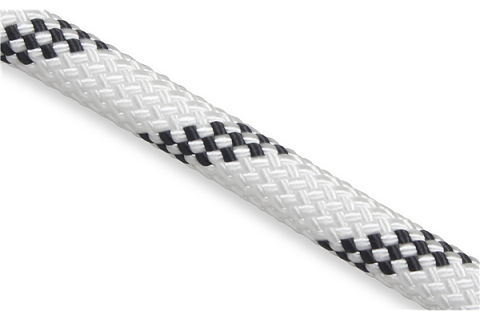Climbing ropes are legitimate lifesavers that can, will and have been invaluable to a variety of people all over the globe, from recreational climbers and adrenaline junkies to rescue workers and the people they’re rescuing.
However, if you’re new to the climbing rope market, choosing a climbing rope that’s fit for your purpose can be harder than expected.
Knowing what to look for is an important part of the process. Luckily, this guide should help you do just that.

What to Look for in a Climbing Rope
While there are many different types of climbing ropes, there are four key things to look for when choosing the rope for you. Namely the following:
Rope Type
The two primary types of climbing ropes are dynamic and low stretch.
The main difference between the two is that dynamic ropes stretch to absorb some of the impact of a falling climber, while low stretch ropes barely stretch at all, more suited to load-bearing activity.
Static ropes are great for rescue work, caving and hauling a load, while dynamic ropes are ideal for traditional rock climbing, ice climbing and mountaineering.
Length/Diameter
It’s important to remember that your rope needs to be at least double the length of the pitch you’re ascending (e.g. 50m ascent would require 100m rope).
While a 50m rope will fit most climber needs, rescue work and caving may require longer.
Meanwhile, when it comes to diameter, thinner rope typically translates to a lighter rope overall; however, skinnier ropes can also be less durable.
Thicker ropes, while heavier, are typically more abrasion-resistant and durable.
Features
The rope features can also contribute greatly to the overall performance of the rope; e.g. dry treatment ropes hold up better in wet conditions due to a lower rate of water absorption.
Other features – like bicolour, middle mark and end marking – help identify how much of the rope you have used during a climb, which can be essential for activities like rappelling.
Safety
The top priority for any climber, the safety rating is naturally a very big deal when it comes to finding which climbing rope is right for you.
The relevant safety rating based on UIAA standard should be found on the packaging and feature the fall rating, along with such stats as the static elongation, dynamic elongation and the impact force.
Types of Climbing Ropes at SLG
While SafetyLiftinGear.com aren’t one for leaving our customers hanging, this is one time we make an exception. Our ropes won’t let you down (until you’re ready).
All of our climbing ropes are provided by trusted manufacturers in order to ensure the highest standards of quality and reliability.
At SLG, we offer a variety of climbing ropes to choose from, each one carefully tested for maximum security. Here's an example:

PERFORMANCE Static Low Stretch Climbing Ropes
The product of climbing specialists, Edelrid, the PERFORMANCE Static climbing ropes provide abrasion-resistant climbing with low elongation of just 3% for the ultimate climbing experience.
With a multiple-wound core for high breaking strength, the high-quality kernmantle construction provides a fantastic combo of strength and handling for a great value product.
The thermo shield treatment allows for enhanced functionality and handling. Meanwhile, the tracer threads in the sheath clearly indicate the rope diameter.
For more information on any of these climbing ropes or climbing accessories at SLG, why not get in touch today? Call now on 0117 9381 600 or send us an email using the button below.
Get in Touch

